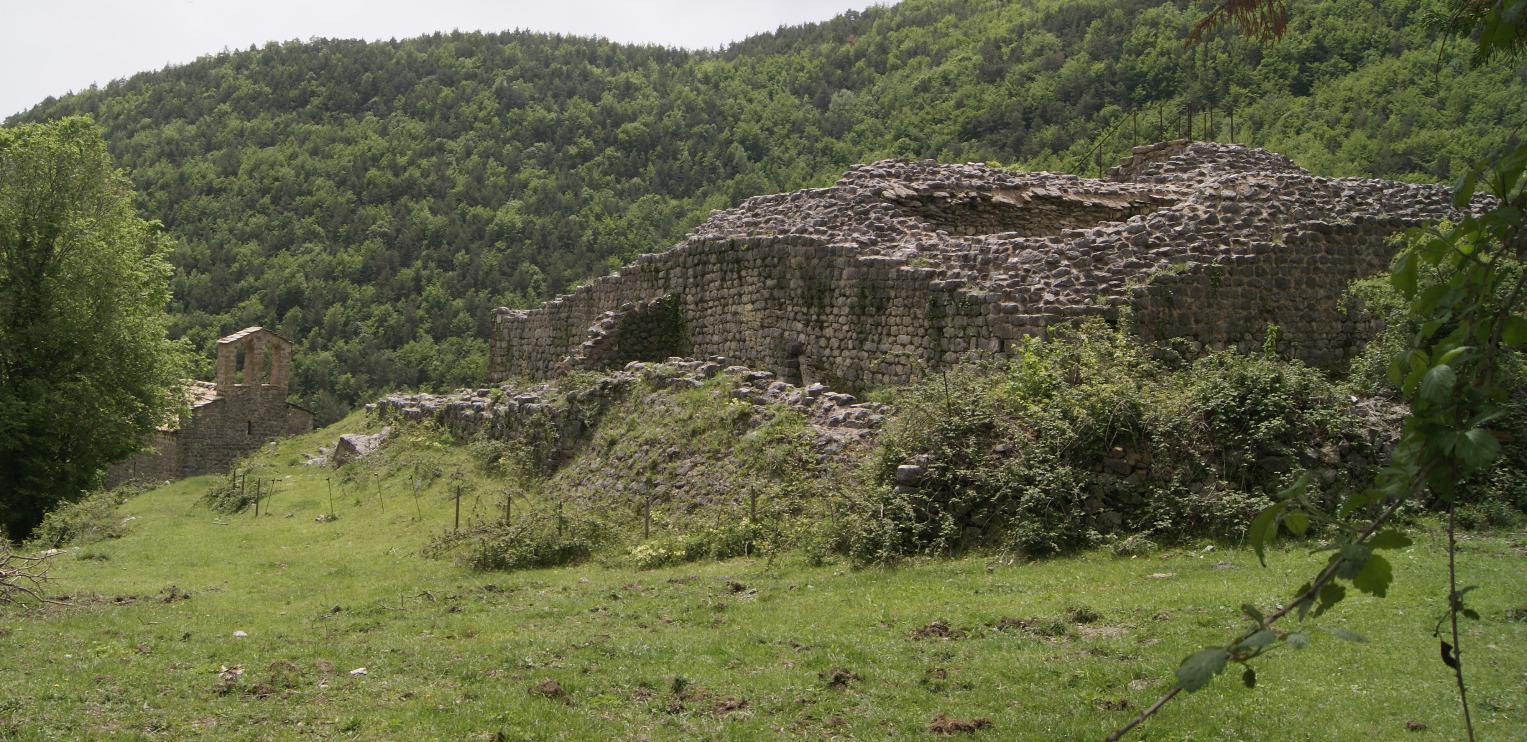Introduction of Chess in the Pyrenees and in our village
As has long been known, the emergence of chess in the Hispanic-Christian world - and consequently later across Europe - was transmitted by the Muslims in their conquest. From 11th Century onwards, references to some Andalusian chess players appear in Arabic manuscripts up to come a certain literary splendor between the 12th and 13th Centuries; thus, at least since the beginning of this eleventh Century, chess has been practiced and known by both Muslims and Christians, and even Jews.
It is to be assumed that in Catalonia the game of chess was introduced in the periods of intense contact with the Caliphate of Córdoba, and especially through of Count Ramon Borrell II of Barcelona (927-992) and his smaller brother, Ermengol, with Caliph Add al-Rahman III around 950.


Even at the beginning of the last century, historian Josep Brunet i Bellet pointed out that the game should probably have been known in the Barcelona's court in the 10th Century, ... and probably also in the County of Urgell ...
Regarding the implantation of chess in the Pyrenean area - and especially in this named last County -, the evidences of physical nature as the pieces, it comes complemented by a serie of data as much or more demonstratives, and is at dawn from year 1000 there are a series of testamentary documents that it make our area as richest Christian-European site of early written texts over the implantation of chess. But even historiography emphasizes this fact, and it is precisely the second son of Borrell II and his first wife, Letgarda of Toulouse, who was none other than the initiator of the private dynasty of the Urgell, in this case Ermengol I, and this Count is known because in his Will is given one of the first documentary descriptions of all Western Europe where chess is mentioned.
There are 9 Christian documents from the 11th Century with some reference to chess, and 7 of them come from Urgell or neighboring areas, which is an overwhelming proportion. As we can see, the importance of the County of Urgell (to which La Pobla belonged at the end of its eastern slope) is evident throughout the development of the evolution of our game.

After the Will of Count Ermengol I of Urgell (1007) another reference of pieces is mentioned in an inventory of 1008 in the death of the Ripoll's Abbot Seniofred (also close to our village). It is accounted for 28 pieces of crystal rock that would be over the altar of the Monastery. There are two other wills dated in 1045 (a priest of Urgell) and 1058, this one Countess Ermessinda, sister-in-law of Ermengol I, gave her crystalline chess ("eschacos christalinos") to the Abbey of San Egidio near Nimes, France.
For chess historiography, it was somewhat forgotten in the excavations started in 1986-1990 in an old Barony (Mataplana) near La Pobla de Lillet -10 Kms- had been found a stone shield of the County (Urgell), as well as a piece of chess, possibly of XII or XIII Centuries . It is certain that the piece is made of ivory, which indicates its state of "distinction.". The piece is shown at he small Gombren Museum, 10 Kms. from our village.

At determinates times of our History, both chess and other various games were banned or regulated by the authorities, as can be seen in a text from 1375 from the church archives of La Pobla. Even later and already in the middle of the 15th Century (1461), that chess was still known in La Pobla de Lillet is in a testamentary document written by our Monastery priest. And so until our days with Lillet chess Club, founded in 1950, and the Tourney from 1991!

